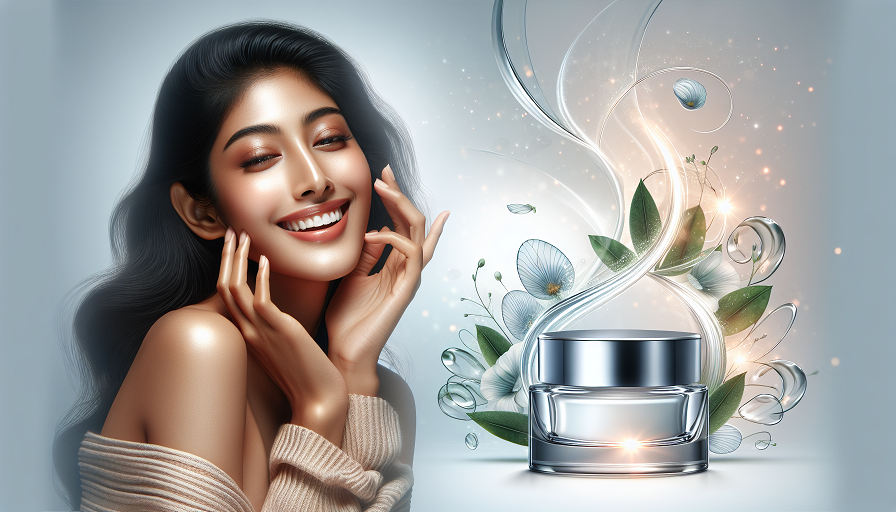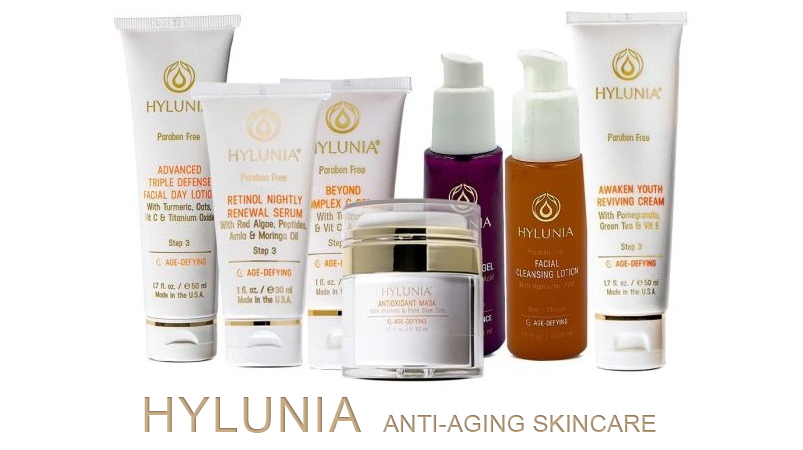
We often hear about collagen when it comes to keeping skin youthful and firm, but elastin is the unsung hero that gives skin its bounce and flexibility. Think of elastin as the “rubber band” in your skin that allows it to stretch and snap back into place. When elastin starts to wear out, so does the skin’s resilience, leading to sagging and wrinkles.
Contents
What Is Elastin, and Why Is It Important?
Elastin is a protein in connective tissue that gives skin its elasticity. Alongside collagen, elastin is part of the structure that keeps your skin smooth, firm, and able to bounce back from stretching or movement. Imagine pinching your skin—when you’re young, it snaps back almost instantly because elastin is doing its job. Over time, though, elastin production decreases, and what’s already in your skin starts to degrade.
The Role of Elastin in Skin Aging
As we age, elastin production naturally slows down. Sun exposure, pollution, and lifestyle factors accelerate the breakdown of elastin fibers, making it harder for skin to spring back. The result? Skin that starts to sag, fine lines that turn into wrinkles, and a loss of firmness. While you can’t completely stop this process, understanding how elastin works can help you take steps to slow it down and preserve what you have.
Elastin vs. Collagen: What’s the Difference?
While both elastin and collagen support skin structure, they do so in different ways. Collagen provides the firmness and strength in your skin, making it more rigid and resilient. Elastin, on the other hand, is about flexibility. If collagen is the framework, elastin is the spring that allows your skin to stretch and retract. Both are essential, but elastin is what helps keep skin looking youthful and “bouncy.”
Factors That Cause Elastin to Break Down
Elastin doesn’t have an endless shelf life, and certain factors accelerate its decline. Knowing what these are can help you avoid habits that damage elastin and speed up skin aging.
Sun Exposure
UV rays are elastin’s worst enemy. Sun exposure breaks down elastin fibers, leading to what dermatologists call “solar elastosis,” where skin appears thickened, wrinkled, and less elastic. Wearing sunscreen daily and seeking shade can help protect elastin from sun damage.
Smoking
Smoking is notorious for aging skin quickly, and elastin breakdown is part of that process. The chemicals in cigarettes constrict blood vessels, limiting oxygen and nutrients that reach your skin. This lack of nourishment speeds up elastin degradation, causing skin to sag and wrinkle prematurely.
Pollution and Environmental Stress
Airborne pollutants produce free radicals—unstable molecules that damage skin cells, including elastin fibers. Environmental stressors, including smog and chemicals in the air, contribute to oxidative stress, which weakens elastin and accelerates aging. Antioxidants can help combat this damage.
Aging and Genetics
Some elastin loss is simply a part of getting older, and genetics plays a role in how much elastin you naturally have. While you can’t change your genetic makeup, lifestyle choices and skincare can help slow down the breakdown of elastin and minimize its visible effects.
How to Preserve and Support Elastin in Your Skin
While you can’t completely stop elastin loss, you can take steps to protect what you have and support your skin’s elasticity. Here are ways to help keep your elastin intact.
Wear Sunscreen Religiously
Daily sunscreen is one of the best ways to protect elastin. Choose a broad-spectrum SPF 30 or higher and apply it generously. Reapply throughout the day if you’re outside for extended periods, and don’t forget spots like your neck and hands, which are just as prone to elastin breakdown.
Incorporate Antioxidants into Your Skincare Routine
Antioxidants neutralize free radicals and reduce oxidative stress, which damages elastin. Look for products with vitamin C, vitamin E, or green tea extract. Applying an antioxidant serum in the morning creates a protective layer that fights environmental stressors throughout the day.
Consider Retinoids for Skin Renewal
Retinoids, derivatives of vitamin A, are well-known for boosting collagen, but they also play a role in supporting elastin. Retinoids stimulate cell turnover and encourage the production of elastin fibers, helping to maintain skin elasticity. Start with a low concentration if you’re new to retinoids and use them at night, as they can make your skin more sun-sensitive.
Ingredients That Support Skin Elasticity
Beyond antioxidants and sunscreen, certain ingredients can give your skin extra support in maintaining elasticity and resilience.
Hyaluronic Acid for Hydration
Hyaluronic acid is a humectant that attracts water to the skin, keeping it hydrated and plump. While it doesn’t directly increase elastin, hydrated skin appears firmer and more resilient. Using a hyaluronic acid serum can keep your skin looking fresh and bouncy.
Peptides to Encourage Elastin Production
Peptides are short chains of amino acids that signal your skin to produce more elastin and collagen. They’re gentle on the skin and can be used daily in serums or moisturizers. Look for peptides like copper peptides and palmitoyl pentapeptide to help strengthen skin’s elasticity.
Niacinamide to Strengthen the Skin Barrier
Niacinamide, also known as vitamin B3, supports the skin barrier and helps reduce water loss, which keeps skin hydrated and elastic. It’s a versatile ingredient that also has anti-inflammatory properties, making it suitable for sensitive skin.
Lifestyle Choices to Support Elasticity
Healthy habits play a significant role in how well your skin maintains elasticity over time. Here are some lifestyle tips to keep your skin resilient and youthful.
Stay Hydrated
Drinking enough water keeps your skin hydrated from within, making it look plump and elastic. Dehydrated skin is more prone to sagging and fine lines, so aim for at least eight glasses a day. Foods high in water content, like cucumbers and watermelon, also contribute to skin hydration.
Eat a Diet Rich in Antioxidants
Fruits and vegetables high in antioxidants—like berries, leafy greens, and nuts—support skin health and combat free radical damage. Omega-3 fatty acids, found in fish like salmon, help keep skin moisturized and can improve elasticity over time.
Get Quality Sleep
During sleep, your skin goes into repair mode, rebuilding and restoring itself. Aim for seven to nine hours of quality sleep each night to give your skin time to repair elastin and other important proteins. Try sleeping on your back to prevent sleep-induced wrinkles and sagging.
Signs That Your Skin’s Elastin Levels Need Extra Care
Sometimes, your skin gives you signs that it needs more support to maintain elasticity. If you’re noticing any of these signs, it might be time to pay extra attention to your skincare and lifestyle habits.
- Sagging Skin: If your skin doesn’t bounce back the way it used to, especially around the jawline and cheeks, it could mean that elastin levels are declining.
- Fine Lines and Wrinkles: Fine lines around the eyes and mouth are normal, but if they’re deepening, it may be due to elastin loss.
- Loose or Crepey Skin Texture: Crepey, loose skin is often a sign that both elastin and collagen levels are decreasing.
By being mindful of your skin’s elasticity needs and choosing the right ingredients and habits, you can keep your skin looking firm and resilient. Elastin might not be a household word, but it’s one of the key factors in maintaining youthful, bouncy skin. Start taking steps today to preserve your elastin, and your skin will thank you for it.

